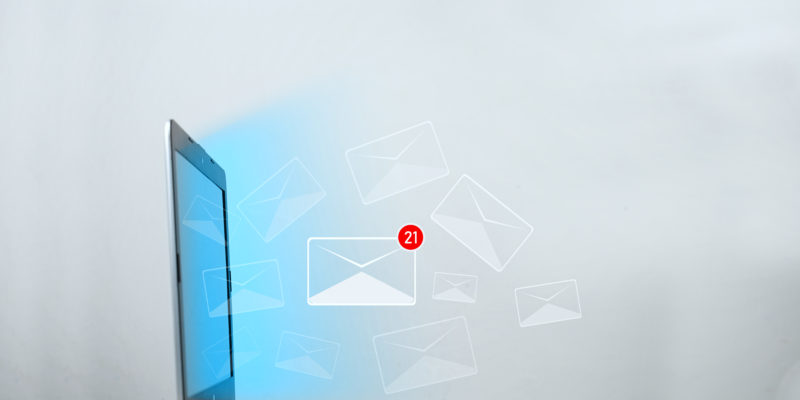While some warn email newsletters could be past their peak, publishers’ constantly evolving needs and offerings indicate they might be here to stay. But what could lie beyond the inbox?
Are email newsletters reaching their limits?
The power of the newsletter format is less about the technology of email itself than it is the universality of the inbox — the simple fact that almost every person on this planet has an email address.
While this has played a role in the growth of email newsletters, decentralization is another important factor. No single company can own and control email, making it less subject to unpredictable algorithms.
- “I think the value of email as a platform has generally gone up,” explains Alex Lieberman, CEO of Morning Brew, the business newsletter that has amassed over 2 million subscribers in 3 years. “But there’s also a lot more noise — everyone and their mother is trying to create an email newsletter. It begs the question, ‘Is there going to be a breaking point for the consumer?’ I do think it adds incentive for email clients to evolve their product.”
Not going away anytime soon
Publishers are constantly evolving their newsletter offerings and strategies. The rise of platforms like Substack is behind the latest trend driving newsletter growth: “monetizing the individual”.
- “The audience connecting directly with you and paying directly is a revolutionary change to the business model,” says Chris Best, CEO of Substack.
With more than 250,000 paying subscribers across its network, Substack’s top 10 publishers bring in $7M collectively in annual revenue, Co-founder Hamish McKenzie told Axios.
- As a journalist who recently made the jump from publication to his own individual newsletter, Judd Legum notes: “I just need a few thousand people, and it’s a good model. The one where you really need everyone is the ad model where you’ve got to constantly fight for more and more clicks. Because you start every day out basically at zero,”
As inboxes get more crowded, what alternatives do publishers have?
Multimedia: Some industry leaders have been turning their eyes to alternatives outside the inbox. Axios, for example, are setting their sights on building the video equivalent of the email newsletter.
“We see a lot of opportunity in multimedia,” Lieberman says. “What Morning Brew did in text — getting you up to speed with the business world in a way that is engaging and is clear and concise — hasn’t been done in multimedia. What do any of the slate of shows on CNBC or MSNBC or Bloomberg look like in the internet age? I think no one’s really figured it out.”
Text messaging: Seemingly old-school SMS may be emerging as the next valuable two-way communication tool.
- Text messages have a 98% open rate according to The New Paper. This is impressive when compared to email, which has on average just a 20% open rate.
Push notifications: Either as browser notifications or app notifications, push notifications are working well for some publishers. However, this area is already experiencing overcrowding and battles for people’s attention.
The roll-up:
There seem to be fertile grounds for exploring options outside the inbox. Newsletters will inevitably change and adapt but for now, they seem to be here to stay. After all, they are still seen as a valuable way of engaging subscribers and building loyalty.









